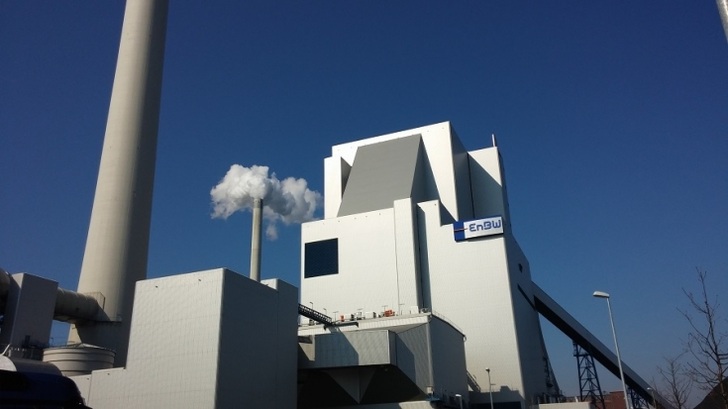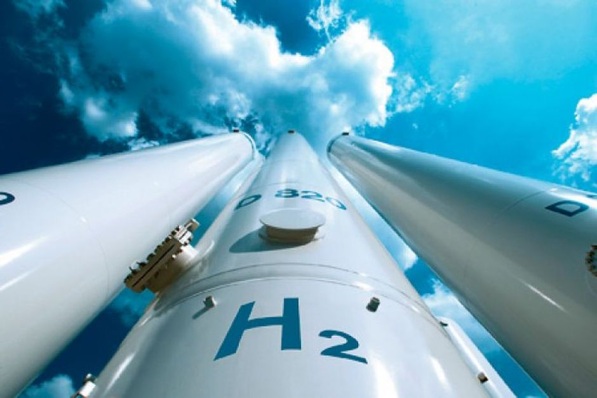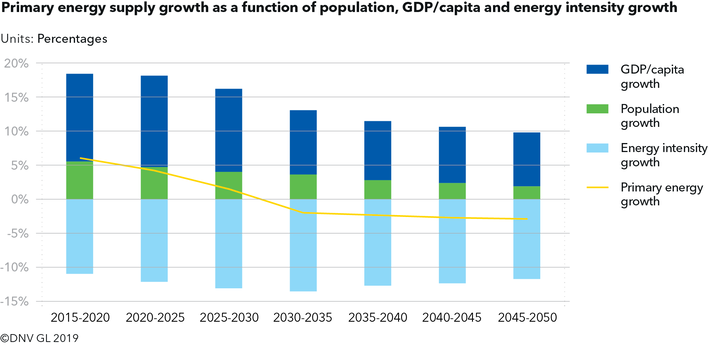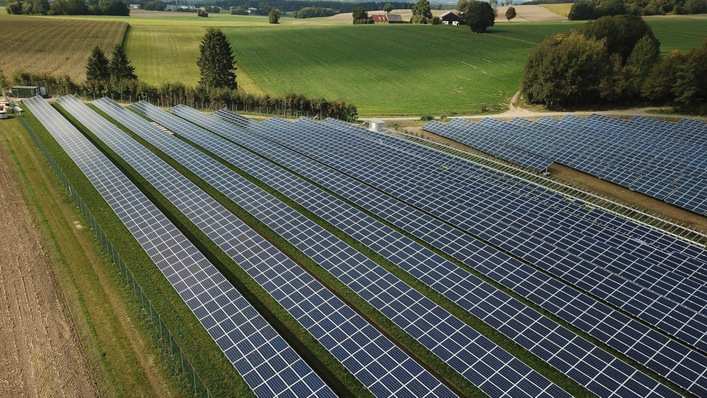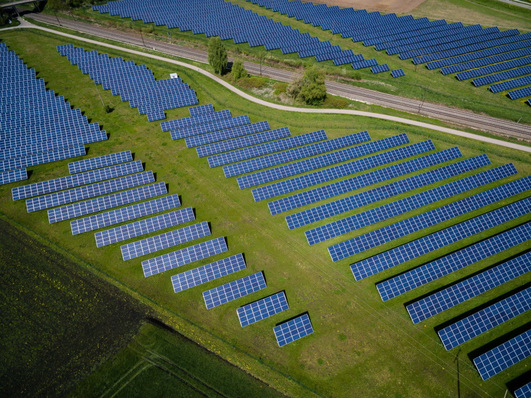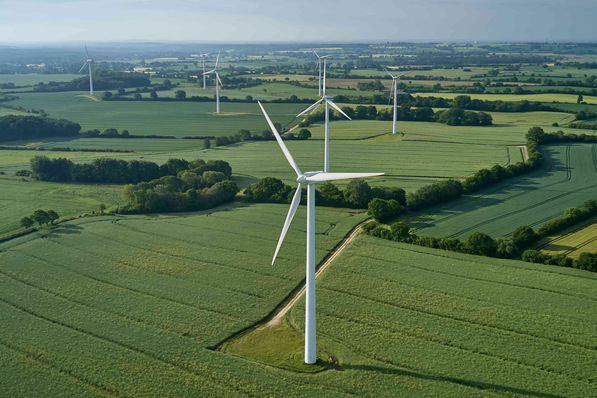The European Commission presented a Communication on the European Green Deal, fleshing out how Ursula von der Leyen and her team intend to deliver its Green Deal. It was called ‘part vision, part roadmap’, with 50 actions to be taken for 2050, and that it will be Europe’s ‘man on the moon moment’. She later gave a more detailed presentation to the European Parliament, while a 24-page document was made available on the European Commission website.
Tighten and broaden the EU ETS
Increasing ambition will among other measures require tightening Europe’s emission trading system (EU ETS), which cover close to half of the continent’s greenhouse gas emissions. The commission also propose to broaden the scope of the EU ETS by adding maritime emissions to the sectors already included (power, industry and aviation).
Hæge Fjellheim, Head of Refinitiv Carbon Research, comments: “The debate on Europe’s climate ambition is set to intensify with the change at the helm of the European Commission. This Green Deal means tightening the EU Emission Trading System (ETS), only two years after a major overhaul of the system. We expect the debate over the next years to provide additional support to carbon prices, which have already surged to levels at €25/euros due to the Market Stability Reserve curbing supply.”
“Getting 27 member states to agree on the ambitious plan will prove challenging, but the debate could be helped by developments on the ground.”
In 2019, a strengthened carbon price, helped by favourable gas prices, has squeezed coal out of the generation mix. Including the effect of national coal phase-out plans, the Refinitiv carbon research team estimates that European power sector emissions will drop to 500 Mt in 2030, down 40 percent from 2019 level of 830Mt.
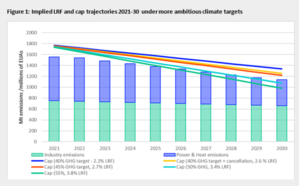
Anders Nordeng, Senior Analyst at Refinitiv Carbon Research, comments: “The EU ETS is already more ambitious than it appears at first glance. With the targets for renewable energy and energy efficiency set in June 2018, Europe is de facto on track to a 45 percent reduction in 2030.
“The current carbon market set-up contains a ‘hidden gem’ in the shape of cancellation of allowances from the market stability reserve. We estimate that the provision to cancel allowances sitting in the reserve implies that by 2030 3.7 billion allowances are taken out of circulation for good. This means a de facto tightening of EUs long term climate ambition”. (HCN)

